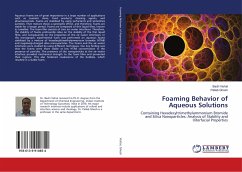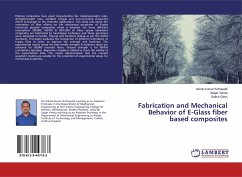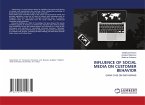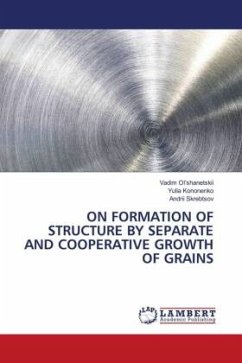Aqueous foams are of great importance in a large number of applications such as cosmetic items, food products, cleaning agents, and pharmaceuticals. Foams are stabilized by using surfactants and sometimes particles. Their mixture shows a synergetic effect, and therefore, foams are stable for a longer period. Foams are composed of thin liquid films, known as Lamellae. The foam film consists of two air-water interfaces. Therefore, the stability of foams profoundly relies on the stability of the thin liquid films, and consequently on the properties of the air-water interfaces. In this monograph, experimental work was performed on aqueous foams stabilized by a mixture of hexadecyltrimethylammonium bromide (HTAB) and negatively-charged silica nano-particles. The foams and the air-water interfaces were studied by using different techniques. Our key finding was that the foams were more stable at low HTAB concentration in the presence of particles. The presence of the nanoparticles at the air-water interface provided mechanical strength to the foam films and prevented their rupture. This also hindered coalescence of the bubbles, which resulted in a stable foam.
Bitte wählen Sie Ihr Anliegen aus.
Rechnungen
Retourenschein anfordern
Bestellstatus
Storno








